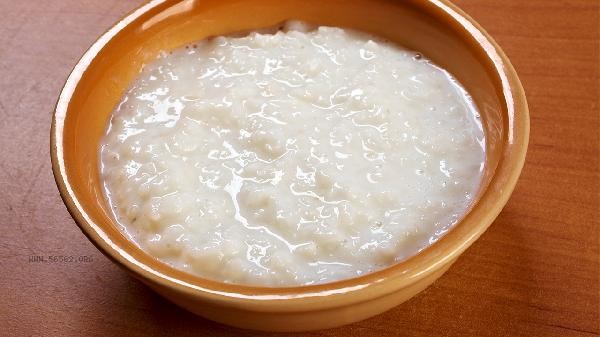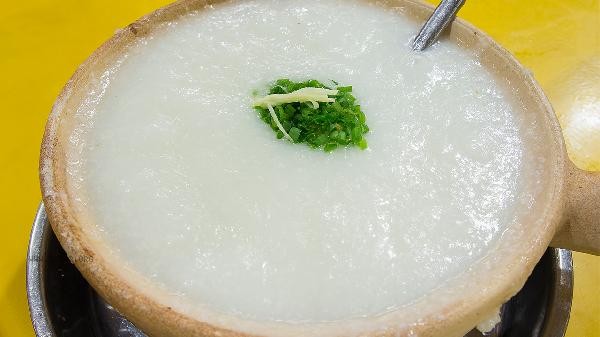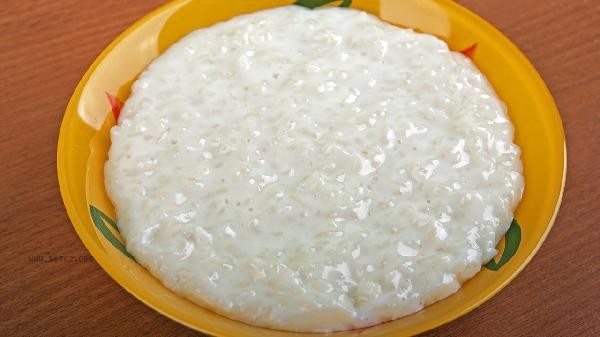The calorific value of mung bean Congee and white porridge depends on the specific cooking method. Generally, the calorific value of mung bean Congee is slightly higher than that of white porridge. The difference in calories between the two is mainly related to the ingredients, added ingredients, and boiling thickness.

Mung bean Congee is mainly made of mung bean and rice. Mung bean is rich in protein and dietary fiber. Under the same weight, its carbohydrate content is slightly lower than that of rice, but its protein content is higher. Mung bean Congee often takes longer to cook, with more water evaporation, higher consistency of finished products, and relatively higher heat per unit volume. If ingredients such as rock sugar and red dates are added, the calorie content will further increase. The traditional mung bean Congee contains 60-80 kcal per 100 grams. The digestion and absorption of protein and dietary fiber is slow, which helps to extend the sense of fullness.

Rice porridge is usually boiled only with rice and water. Rice has high starch content and is easy to gelatinize. Water accounts for a larger proportion in the same volume. The heat of thin white porridge is about 30-50 kcal per 100 grams, but if boiled until the rice grains are fully blossoming and the soup is thick, the heat can be close to the level of mung bean Congee. White porridge has a high glycemic index, fast digestion and absorption, but the duration of satiety is short. In some areas, rice porridge will be paired with salty vegetables, meat floss and other high salt or high-fat ingredients, and the actual intake may exceed that of simple mung bean Congee.

From the perspective of nutrition, mung bean Congee has more protein, B vitamins and minerals, which is suitable for people who need to control blood sugar fluctuations or supplement plant protein; White porridge is more suitable for liquid food when the stomach and intestines are weak. It is recommended to choose according to personal constitution and needs, control the single consumption amount to 200-300 grams, and avoid adding too much sugar or oil. Those with weak digestive function can preferentially choose Congee with longer cooking time. diabetes patients are advised to eat it with vegetables to balance the blood sugar after meals.








Comments (0)
Leave a Comment
No comments yet
Be the first to share your thoughts!